How To Calm A Crying Baby In 5 Seconds
How to Calm a Crying Baby in 5 Seconds: Quick Solutions for New Zealand Parents
There’s no experience quite like the sound of a baby crying. While crying is a natural way for babies to communicate, it can also be overwhelming and stressful for parents. The good news is that there are effective techniques you can use to calm a crying baby almost instantly. In this guide, we’ll explore strategies to help you soothe your baby within seconds, providing immediate relief and reducing stress for both you and your baby.
Understanding Why Babies Cry
Babies cry to communicate their needs. Crying can be triggered by a range of factors, such as hunger, discomfort, tiredness, or overstimulation. As a parent, it’s essential to identify the cause of your baby’s crying, as this will help you choose the right strategy to calm them. Understanding why your baby is crying is the first step toward finding an effective solution.
Some common reasons for crying include:
- Hunger: Babies have small stomachs and need to be fed frequently. Hunger is one of the most common reasons a baby cries.
- Diaper Change: A wet or dirty diaper can make your baby uncomfortable and cause them to cry.
- Sleepiness: When babies are tired, they may become fussy and cry. A lack of sleep or a disrupted sleep routine can cause distress.
- Colic or Gas: Babies often experience discomfort due to gas, colic, or digestive issues. This can lead to inconsolable crying.
- Need for Comfort: Babies sometimes just need to be held or comforted. They may cry when they are seeking affection or reassurance.
Understanding your baby’s unique needs is essential, as the quickest way to calm them is to address the underlying issue.
Effective Techniques to Calm a Crying Baby in Seconds
There are several proven techniques that can help calm a crying baby almost instantly. These methods are easy to implement and can bring immediate relief to both you and your baby.
1. Swaddle Your Baby
Swaddling is a comforting technique that mimics the security of the womb. Wrapping your baby snugly in a soft blanket can help them feel secure and calm them down quickly. It’s important to swaddle your baby safely—ensure they have enough room to move their hips and avoid covering their face.
Swaddling helps babies feel more secure and reduces the startle reflex, which can cause them to cry. Many babies who are swaddled settle down faster, especially in the early weeks of life.
2. Offer a Pacifier
Sucking is a natural instinct for babies, and offering a pacifier can help calm them in a matter of seconds. The act of sucking can provide comfort and help soothe your baby. Pacifiers are particularly effective for babies who are not hungry but are seeking comfort.
It's important to note that pacifiers should be used safely and appropriately. Avoid using them as a substitute for feeding or when your baby is in distress from other causes.
3. Gently Rock or Sway
Sometimes, babies cry because they are overstimulated or need to be comforted. Gentle rocking or swaying in your arms can help soothe your baby and bring them comfort. The rhythmic motion mimics the movement they felt in the womb, which can be calming.
You can use a rocking chair, a baby swing, or simply hold your baby and gently sway back and forth. Make sure the motion is slow and smooth to avoid overstimulating your baby.
4. Shushing Sounds
The sound of white noise or shushing is often soothing for babies, as it mimics the sounds they heard in the womb. The gentle “shh, shh” sound can help calm your baby quickly. The repetitive sound can distract them from their crying and make them feel secure.
If you’re not comfortable making shushing sounds yourself, you can use a white noise machine or an app that plays calming sounds to help soothe your baby.
5. Use a Baby Carrier or Sling
If your baby continues to cry despite other methods, a baby carrier or sling can be an excellent way to comfort them. Being held close to you provides a sense of security and warmth. The motion of walking around or gently bouncing can also help calm your baby.
Many babies find comfort in being close to their parent’s chest, as it mimics the sensation of being in the womb. Baby carriers allow you to hold your baby hands-free while providing the physical closeness they crave.
6. Provide a Warm Bath
A warm bath can be incredibly soothing for a crying baby. The warmth of the water helps relax their muscles and can calm them down almost instantly. Ensure that the water is at a safe temperature—neither too hot nor too cold.
While not always an immediate fix, a warm bath is a great way to help a crying baby relax and reset. The calming effect can last well beyond the bath itself.
7. Offer Gentle Massage
A gentle massage can help your baby relax and relieve any discomfort. Babies may cry because they are experiencing discomfort due to gas or muscle tightness. Gently massaging their back, arms, or legs can help release tension and soothe them.
Use slow, gentle movements and speak softly to your baby as you massage them. This can create a calming atmosphere and help your baby feel more at ease.
8. Check for Discomfort
Sometimes, babies cry due to discomfort, such as tight clothing, a hair wrapped around a finger, or something in their environment that’s bothering them. Always check your baby’s clothing, diapers, and body to make sure nothing is causing them pain or discomfort. Simple adjustments can often provide immediate relief.
Creating a Calm Environment for Baby
In addition to using calming techniques, it’s essential to ensure your baby’s environment is peaceful and conducive to sleep and relaxation. A quiet, dark room is ideal for soothing a crying baby. Minimize distractions, turn off loud appliances, and dim the lights to create a calm atmosphere.
If your baby is overstimulated, moving them to a quieter, more soothing space can help them calm down more quickly.
When to Seek Help
If your baby continues to cry despite your efforts or seems to be in pain, it may be time to consult a healthcare professional. Persistent crying could indicate an underlying issue, such as colic, reflux, or an ear infection. If you are ever unsure or concerned about your baby’s health, it’s always best to reach out to your pediatrician.
How to Calm a Crying Baby in Seconds: Quick and Effective Soothing Techniques for New Zealand Parents
Every parent knows the overwhelming stress that comes with a crying baby. While crying is a natural form of communication for babies, it can
be difficult to know exactly how to soothe them, especially when the tears seem unrelenting. Fortunately, there are a number of proven
techniques that can calm your baby within seconds, offering immediate relief and helping them settle faster. In this guide, we’ll explore
some of the best strategies to stop a crying baby, comfort them quickly, and ultimately improve their sleep patterns. These expert tips are
tailored specifically for New Zealand parents, focusing on both comfort and safety for your little one.
Understanding Why Babies Cry
Babies cry to express their needs or discomfort. They may cry because they are hungry, need a diaper change, or are simply seeking attention or comfort. Understanding the reasons behind your baby’s cries will help you act quickly and address the issue effectively.
Hunger and Feeding Needs
One of the most common causes of crying in babies, especially newborns, is hunger. Babies have small stomachs, so they need to be fed
frequently. If your baby starts crying shortly after a feeding, check to see if they’re still hungry or if they need a comfort feed.
Discomfort from Diapers
Babies often cry when they are uncomfortable due to a wet or soiled diaper. Make sure to check your baby’s diaper regularly, especially if
they’ve been crying for no apparent reason. Changing their diaper promptly can instantly calm them.
Sleepiness and Overstimulation
Sometimes, babies cry because they’re tired and need a nap or are overstimulated. A quiet and calm environment can help them wind down. If
your baby hasn’t had enough rest, they may become fussy and start crying.
Colic, Gas, or Reflux
Some babies experience discomfort from gas, colic, or reflux, which can lead to persistent crying. These issues are common in infants and
can cause significant distress, often requiring gentle soothing techniques to alleviate discomfort.
How to Calm a Crying Baby in Seconds
There are several strategies that can calm a crying baby almost instantly. By using these methods, you can soothe your baby quickly and restore peace to your home.
1. Swaddle Your Baby
Swaddling is a soothing technique that helps babies feel secure and calm. The snugness of a swaddle can replicate the feeling of being in the womb, offering comfort to babies who are feeling restless. Swaddling helps babies relax and reduces the startle reflex, which can sometimes make them more agitated.
When swaddling, ensure that your baby’s hips have enough room to move to prevent hip dysplasia. Use a soft, breathable fabric to wrap them snugly but not too tightly. This can help calm your baby almost instantly.
2. Offer a Pacifier
Sucking is a natural instinct for babies and can have a calming effect. Offering a pacifier is a quick and simple way to soothe a crying baby. The act of sucking helps release endorphins, which can make your baby feel more comfortable and content. Many babies use pacifiers for comfort and to help them self-soothe, especially during nap times or bedtime.
However, be mindful not to use a pacifier as a replacement for feeding, especially if your baby is hungry. Pacifiers should be used to comfort, not as a way to delay regular feedings.
3. Gentle Rocking or Swaying
Gentle movement can work wonders in calming a crying baby. The soothing motion of being rocked or swayed in your arms can remind your baby of the movements they felt while in the womb. This rhythmic motion can help them feel more secure and calm down quickly.
Whether you choose to rock them in your arms, use a baby swing, or place them in a rocking chair, the key is to move slowly and gently to avoid overstimulation.
4. Use Shushing Sounds or White Noise
The sound of a shush or white noise can have a calming effect on a baby. The repetitive nature of these sounds mimics the environment of the womb, where your baby was surrounded by constant noises. White noise can drown out other distractions, helping your baby feel more at ease and encouraging them to sleep.
You can use your own voice to make soft "shh, shh" sounds or invest in a white noise machine to provide consistent, soothing sounds. Apps with white noise or lullabies can also be a convenient solution for calming your baby quickly.
5. Baby Carrier or Sling
Sometimes, the comfort of being close to you is all your baby needs to stop crying. Using a baby carrier or sling can provide a sense of security, warmth, and comfort, which can help your baby settle quickly. The physical closeness can also regulate your baby’s emotions, and the gentle movements of walking or bouncing can calm them down further.
Baby carriers are especially helpful for parents who need to soothe their baby while continuing with everyday tasks. Wearing your baby close to you provides comfort and makes them feel safe, reducing crying almost immediately.
6. A Warm Bath
A warm bath is another great way to calm a crying baby. The soothing warmth can help relax your baby’s muscles and provide a comforting sensation. The bath environment itself is calming, and babies often love the gentle feeling of water. Just be sure to check the temperature before placing your baby in the bath to avoid any burns.
While not always a quick fix, giving your baby a warm bath can help reset their mood and alleviate discomfort from gas or overstimulation.
7. Massage and Gentle Touch
Massaging your baby can have a calming effect, especially if they’re experiencing tension from gas or digestive discomfort. Gently massaging their back, legs, or arms can help release any built-up tension and soothe them into a relaxed state.
Use slow, gentle motions and speak to your baby in a calm, soothing voice. The touch combined with your voice can help reassure your baby, easing them into a peaceful state.
8. Check for Discomfort or Illness
If your baby continues to cry despite your best efforts, it’s essential to check for any signs of discomfort or illness. Babies may cry due to tight clothing, hair wrapped around a finger or toe, or something that’s causing them pain.
It’s important to rule out any physical discomfort before trying to calm your baby further. If your baby seems to be in pain or if the crying persists for an extended period, consult a pediatrician for further advice.
Creating a Calm Environment for Your Baby
Sometimes, the key to calming a crying baby is ensuring they have a peaceful environment. A dark, quiet room can help reduce overstimulation and promote relaxation. Use soft lighting and minimize distractions to create a calming atmosphere.
If your baby is overtired or overstimulated, a quiet and dark space can help them wind down quickly. Reducing noise, turning off electronics, and making sure the room is cool and comfortable can all contribute to a soothing environment.
When to Seek Professional Help
If your baby continues to cry despite your best efforts or seems to be in pain, it’s important to seek help from a healthcare professional. Persistent crying can sometimes be a sign of an underlying health issue such as colic, reflux, or an ear infection. If you’re concerned about your baby’s health or behavior, consulting a pediatrician can provide peace of mind and ensure your baby gets the care they need.
Enter your content here





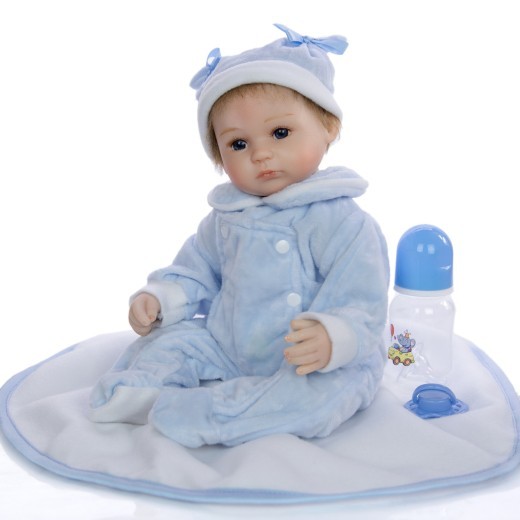
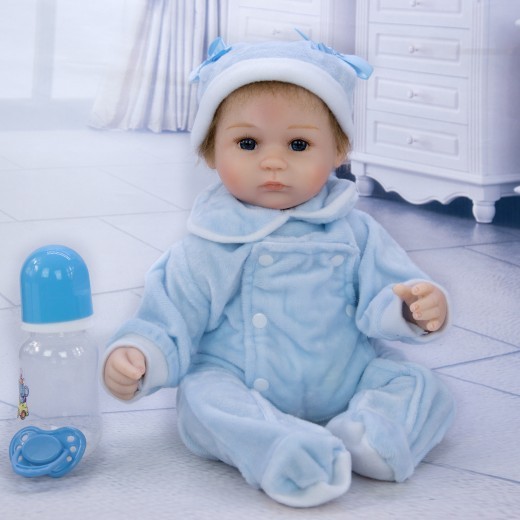
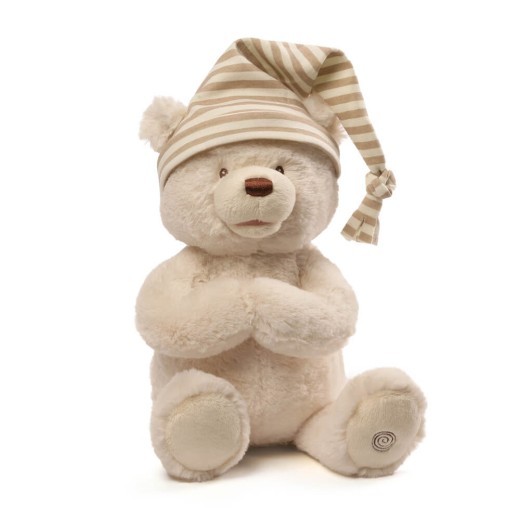

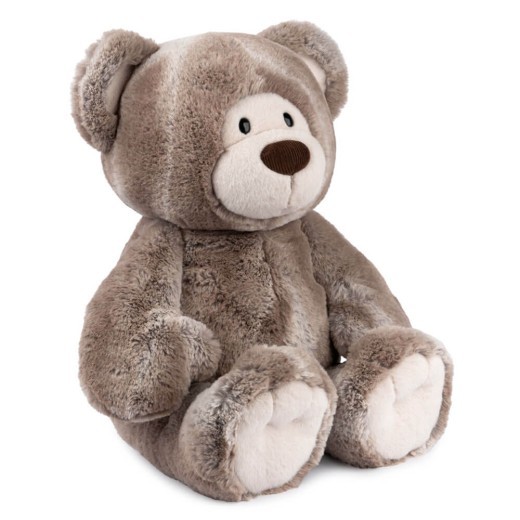
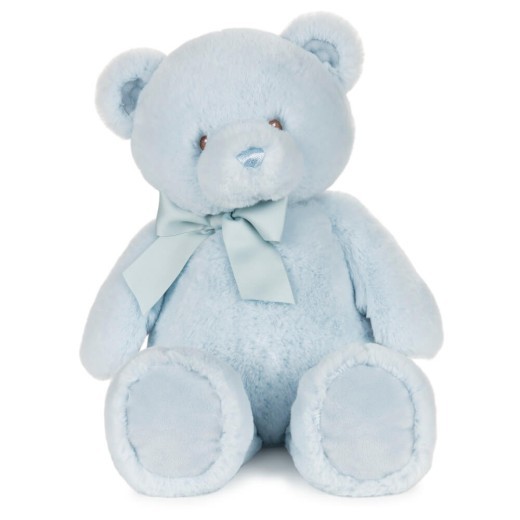
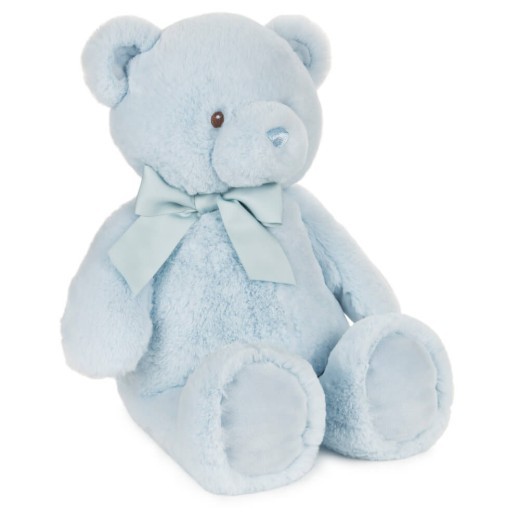
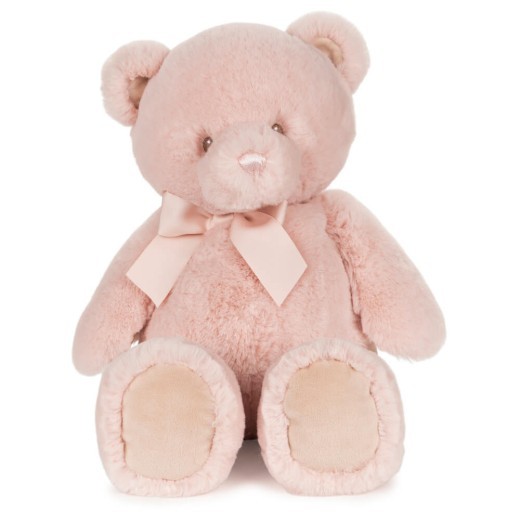
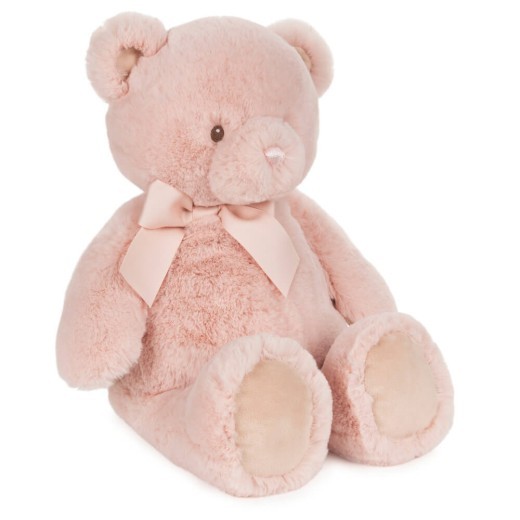













.jpg)



























.jpg)








































.jpg)









.jpg)


ulva-Logo.jpg)



